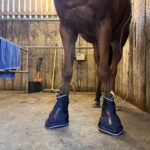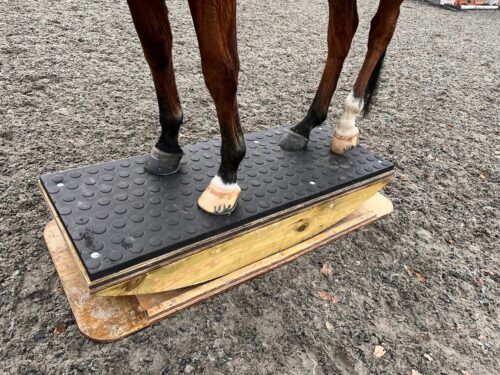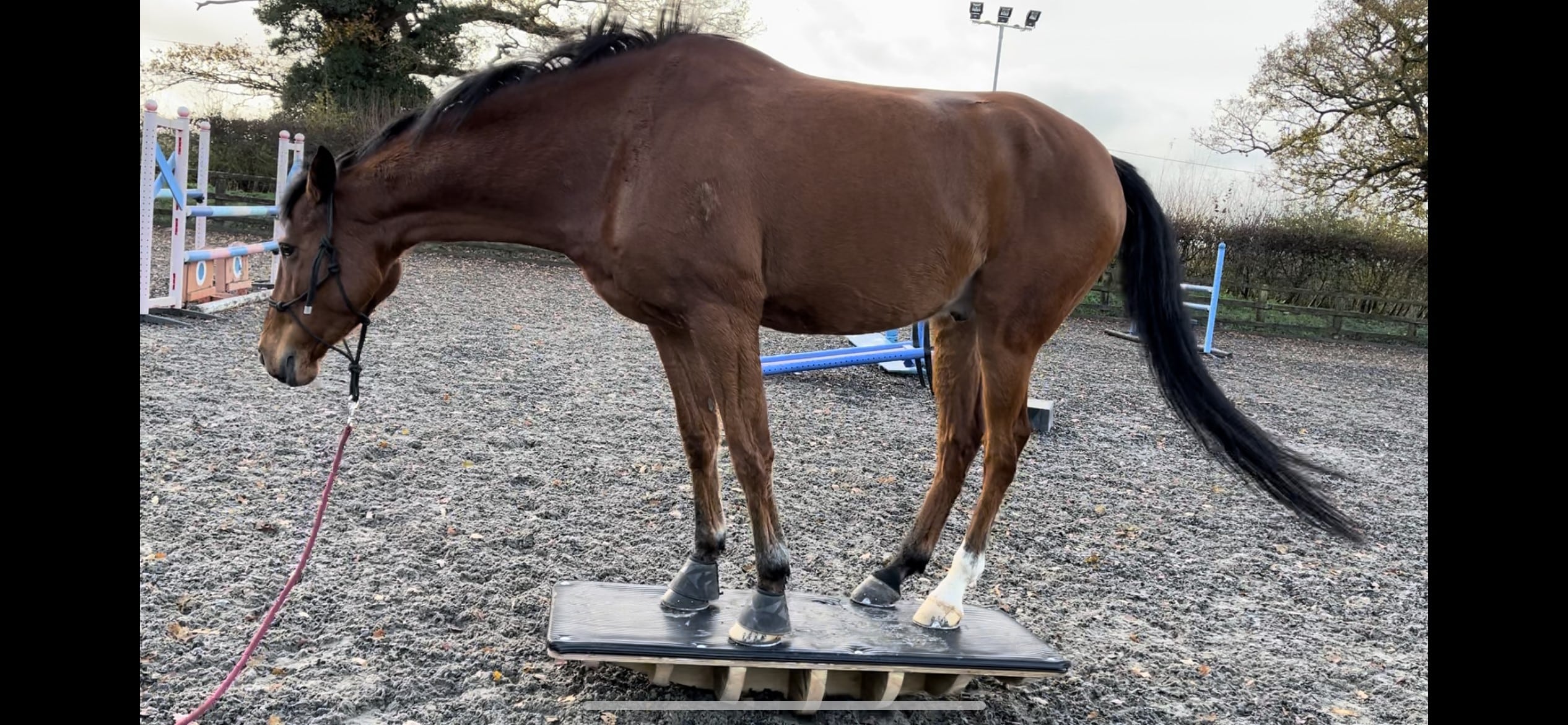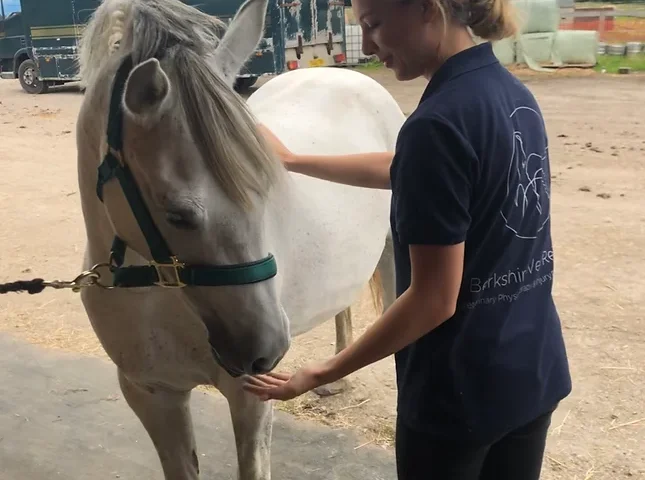
Understanding PEMF as a Therapeutic Intervention for Horses
December 3, 2023Written by Hayley Druce, Bsc Hons Vet Phys MIRVAP (VP) from Berkshire Vet Rehab

Why Wobble Board Training
Wobble cushions and boards are routinely utilised in human orthopaedic and neurological injury rehabilitation, strength and conditioning training and general fitness. Wobbly Horse have created a novel unstable surface fit for horses to replicate the benefits we see in human practice. As an Equine Physiotherapist, I am constantly advocating for horse owners to incorporate unridden exercise into their horses workload for a multitude of reasons. So how can you use this as part of your horse's training regime and why is this important? Lets dive deeper into equine back health and its integral role to the whole horse's performance.
Equine back pain is a common finding amongst veterinary professionals. The prevalence of back pain is thought to affect up to 94% of horses seeking therapeutic treatment (Haussler, 2011). This may present as back muscle spasms, trigger points and spinal misalignment. This clinical finding is closely interlinked to a range of negative behavioural and compensatory musculoskeletal patterns including epaxial muscle disuse, atrophy and dysfunction of the axial skeleton. If left untreated, this will ultimately lead to poor performance and injury.
Understanding the Equine Back Anatomy
The skeleton of a horse is divided into the appendicular skeleton, which is the limbs, and the axial skeleton, which is the length of the vertebral column and skull. The horse's axial skeleton is divided into segments according to its anatomical position (Figure 1). The thoracolumbar spine is particularly important as the saddle will sit on the overlying musculature through this region. Stabilisation of the thoracolumbar intervertebral joints is necessary for transmission of locomotor forces from the hindlimbs, and thus impact your horses ‘way of going’.
For a horse to work correctly though their back the muscles stabilising the spine must be in good health. The muscles that run along the length of the spine are also called the epaxial muscle group and include the iliocostalis, longissimus dorsi, spinalis and multifidus (Figure 2, A, B, C). These muscles sit on top of the transverse vertebral processes and are key components of spinal stability and locomotion. It is no surprise that the health of these muscles is directly associated with your horse’s athletic performance and lameness.
The deep muscles of the horses back as seen in Figure 3 sit under the transverse vertebral processes. Due to the deep anatomical position of the key spinal stabilising muscle multifidus, it is thought to be hard to target in traditional ridden exercises (Ursini, Shaw, Levine, Richards, & Adair, 2022).


How Wobble Boards Work
Unridden work including in-hand walking over poles and dynamic mobilisation exercises have been previously suggested as part of a training programme to increase topline and epaxial muscle health. In these studies, it was found that the epaxial muscle multifidus increased in muscle mass size and symmetry (de Oliveira et al, 2015; Stubbs et al, 2011). It is hypothesised that when a horse is standing on a wobble board, these deep spinal stabilising muscles are ‘switched on’ and contracting. This is due to the unstable surface of a wobble board initiating sensory-motor training which stimulates the body's proprioceptive feedback system. It has been shown in human studies that deep stabilising muscles are able to be targeted in training regimes that incorporate unstable surface exercises (Kim & Kim, 2018; Silfies, 2009). So it can be hypothesised that a similar effect will be experienced by a horse.
When a horse stands on the unstable board, the body will adjust according to counterbalance against the instability. The goal is to cause small, postural muscle contractions and the deep stabilising musculature to engage to steady the horse. This is also great for limb awareness, also called proprioception, as the horse will have to be acutely aware of where they are placing their limbs on the board. It is well known in human literature that back muscle activity and mass is key to decreasing pain and negating injury (Kim & Kim, 2018; Silfies, 2009). You can see that training using a wobble board will improve epaxial muscle and back health, and decrease potential back pain and muscle wastage. Due to the intricate association between the limbs and the spine as we discussed earlier, your horse can recruit their whole body more effectively. It is important to work alongside your physiotherapist and veterinary care team to ensure it is appropriate in your horse's current training regime or rehab stage and to yield best results.



